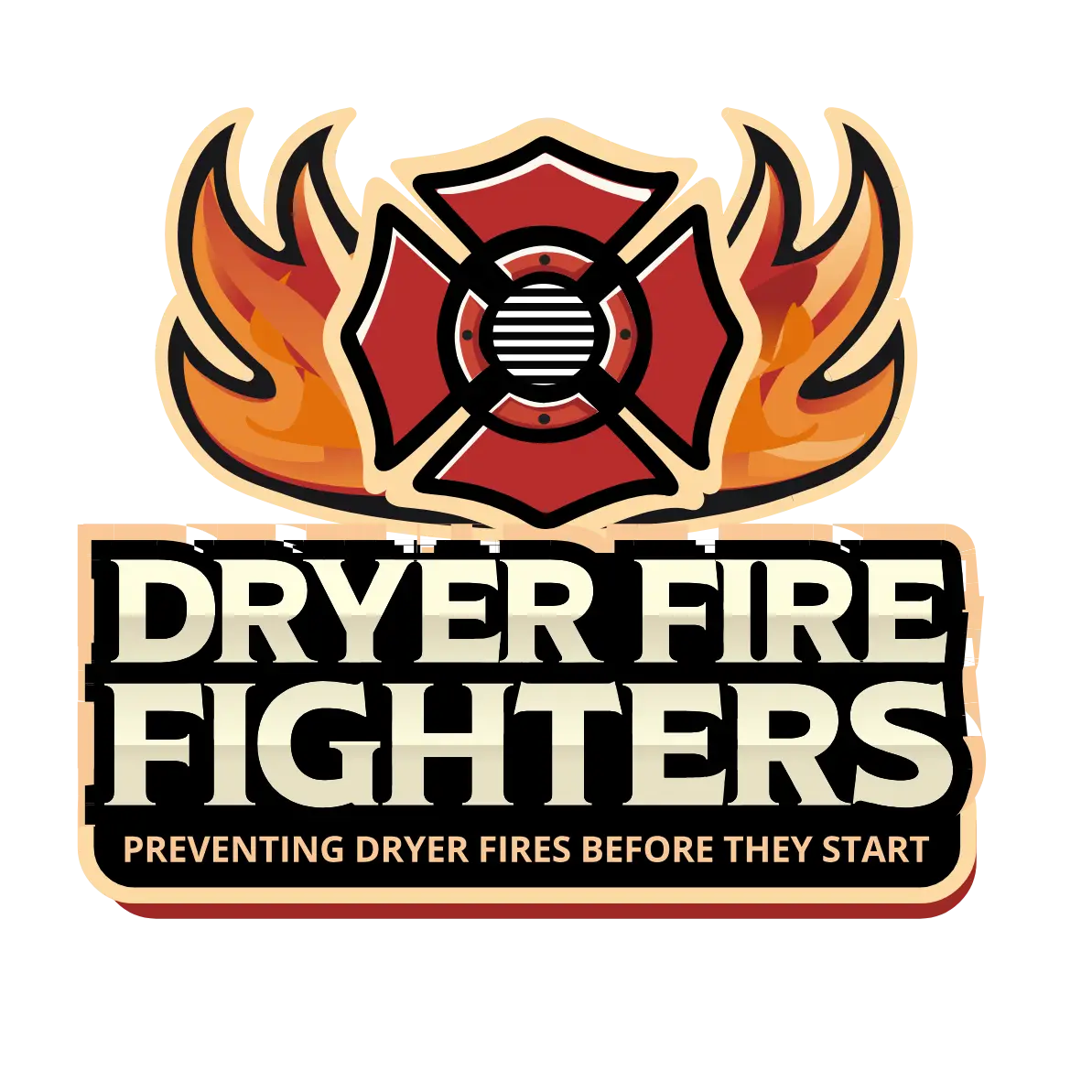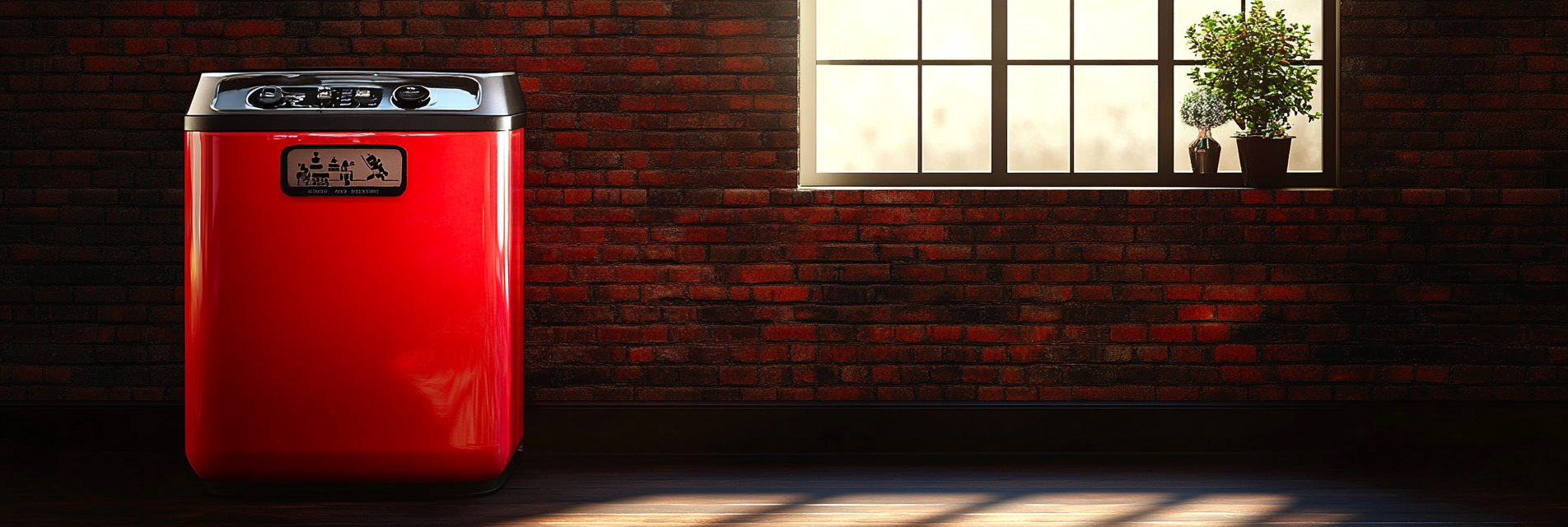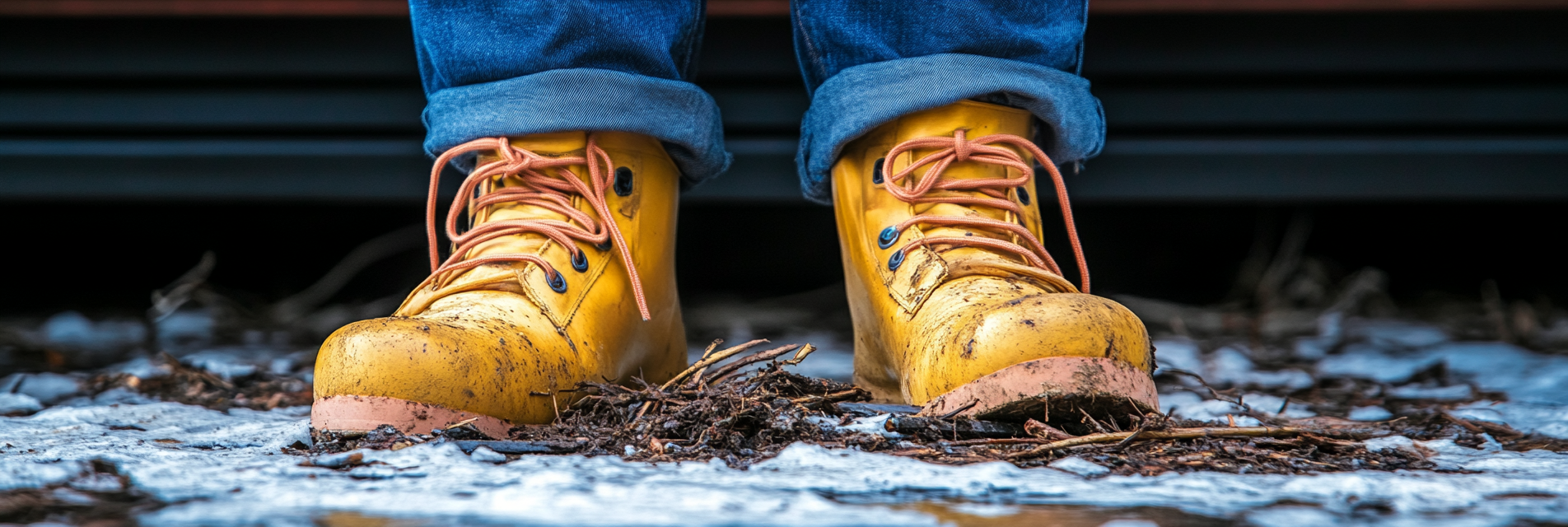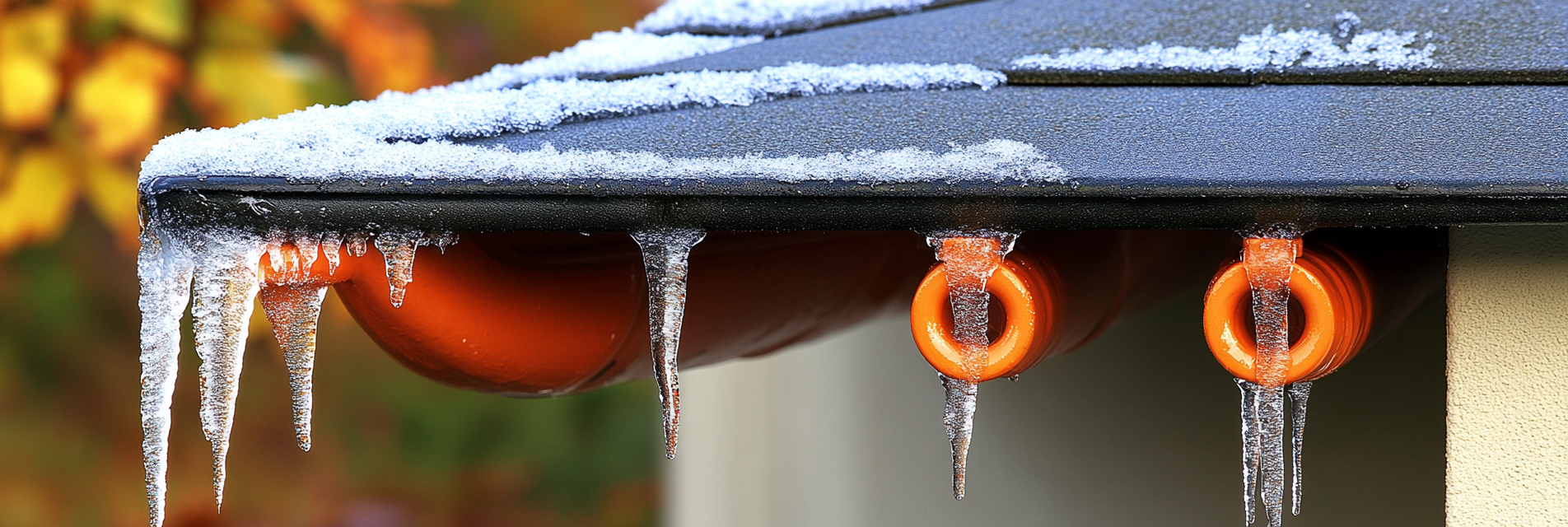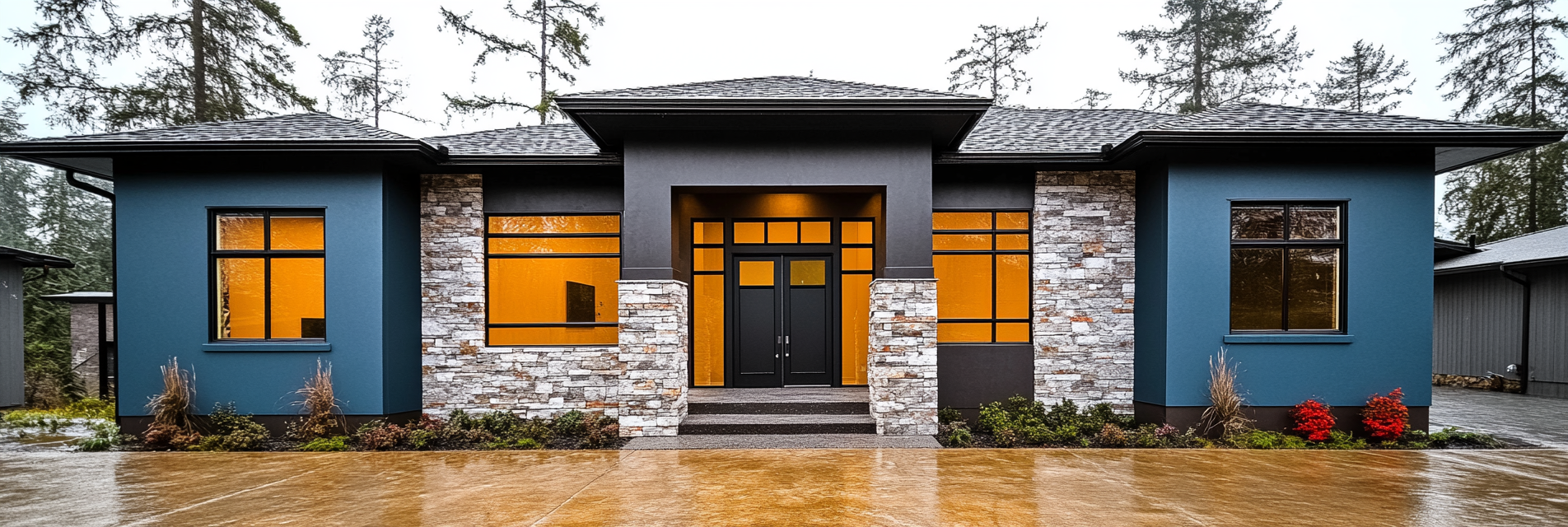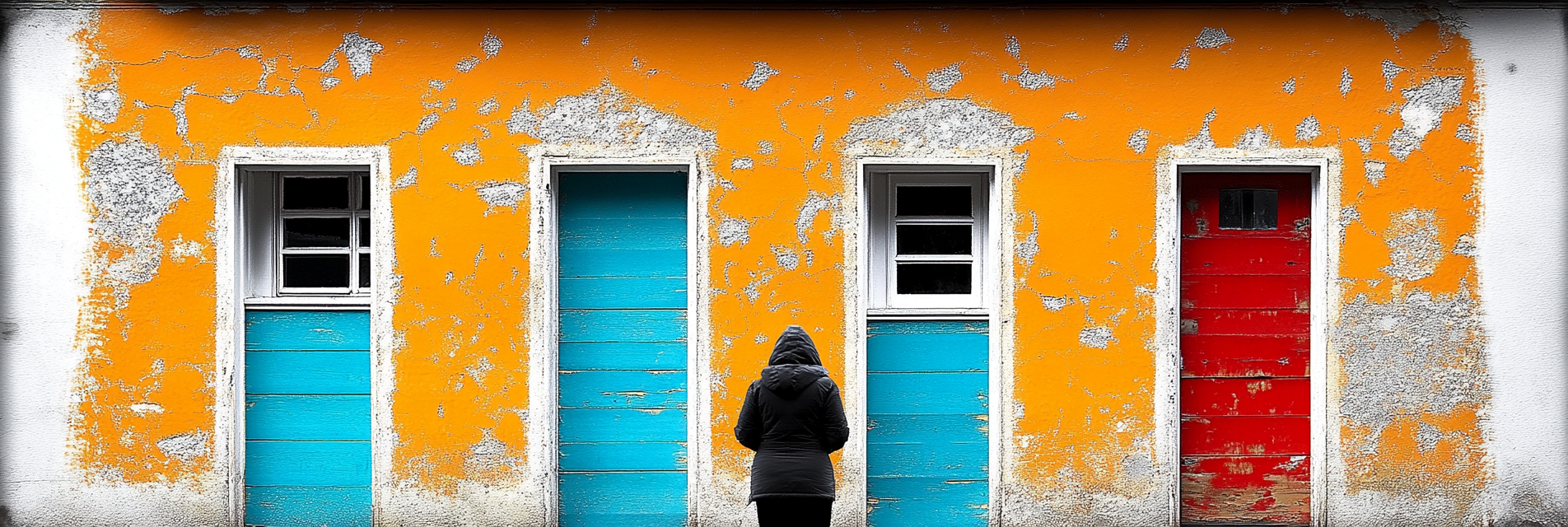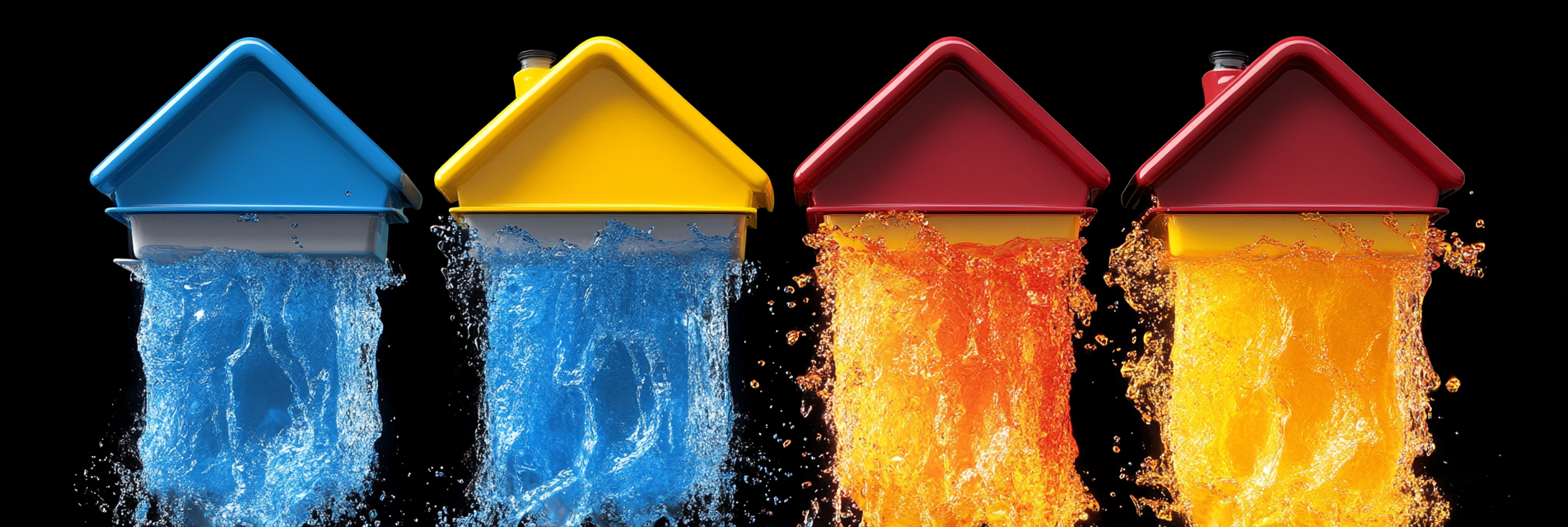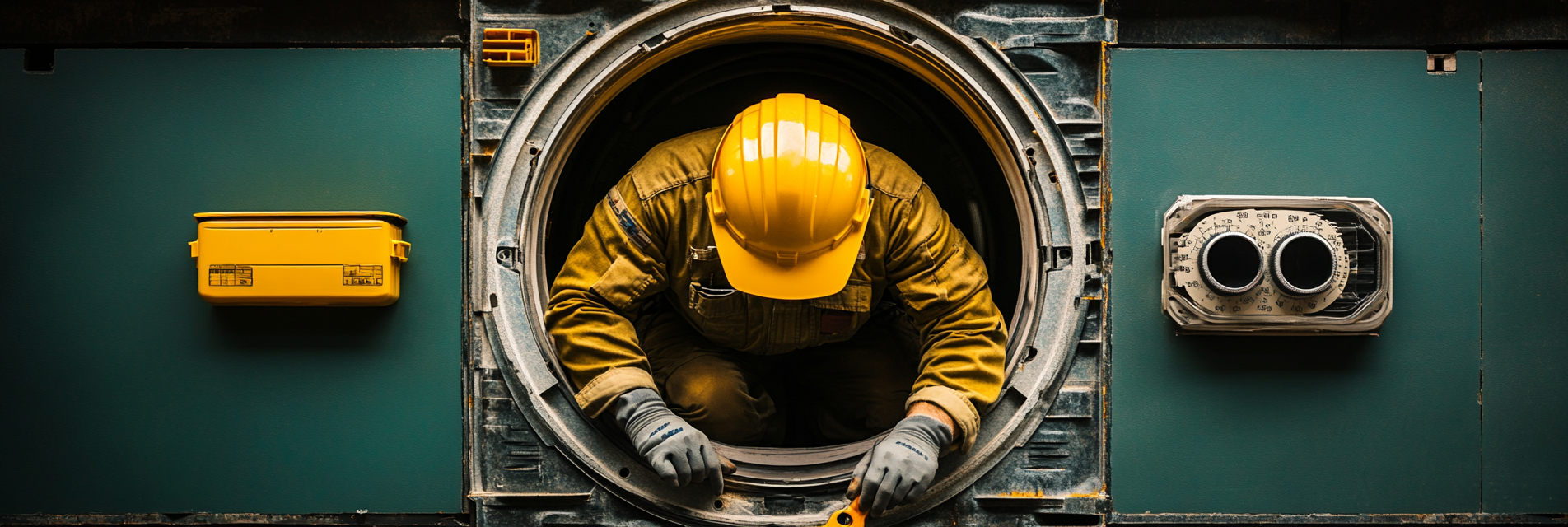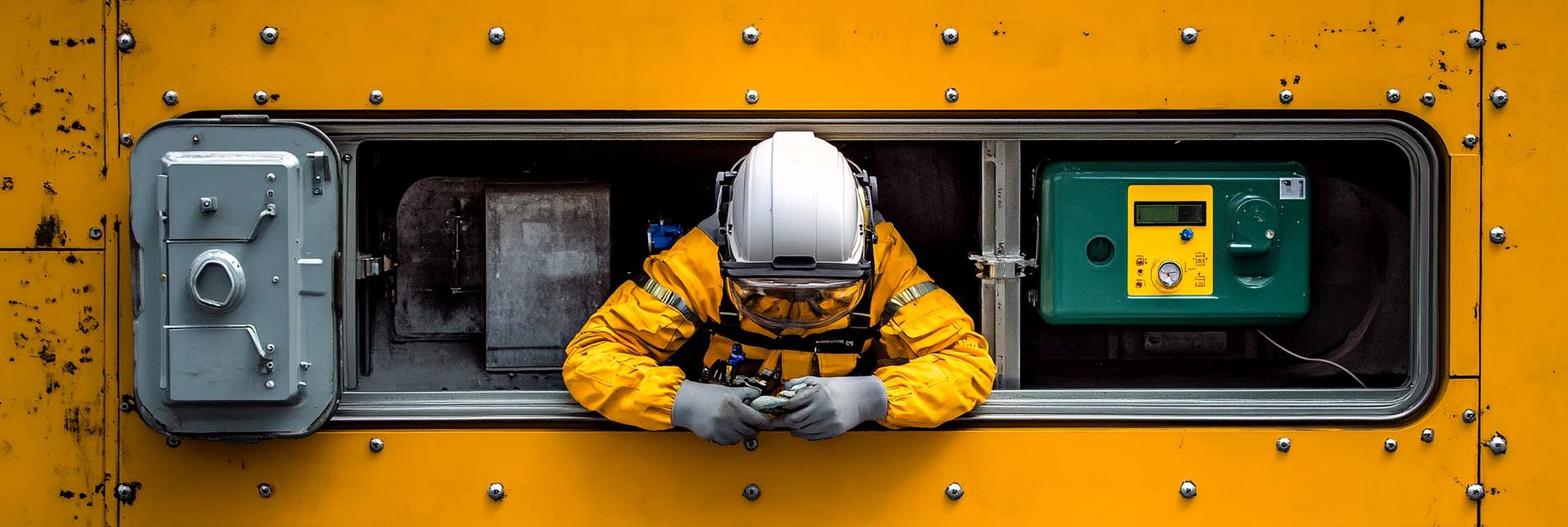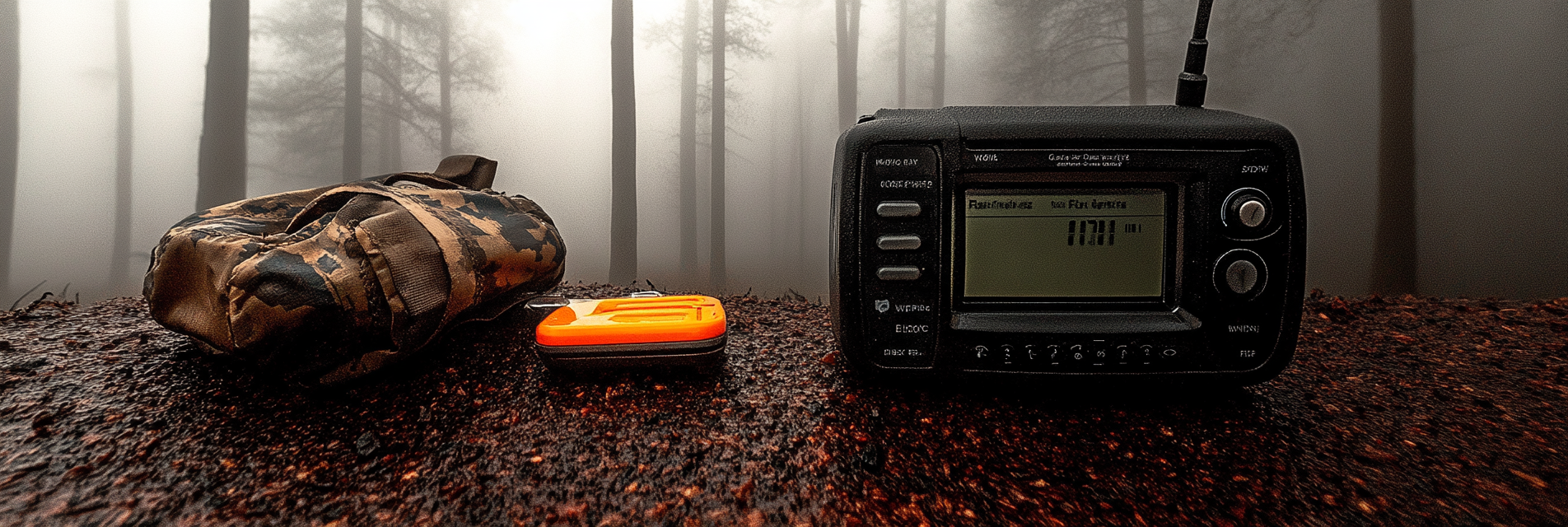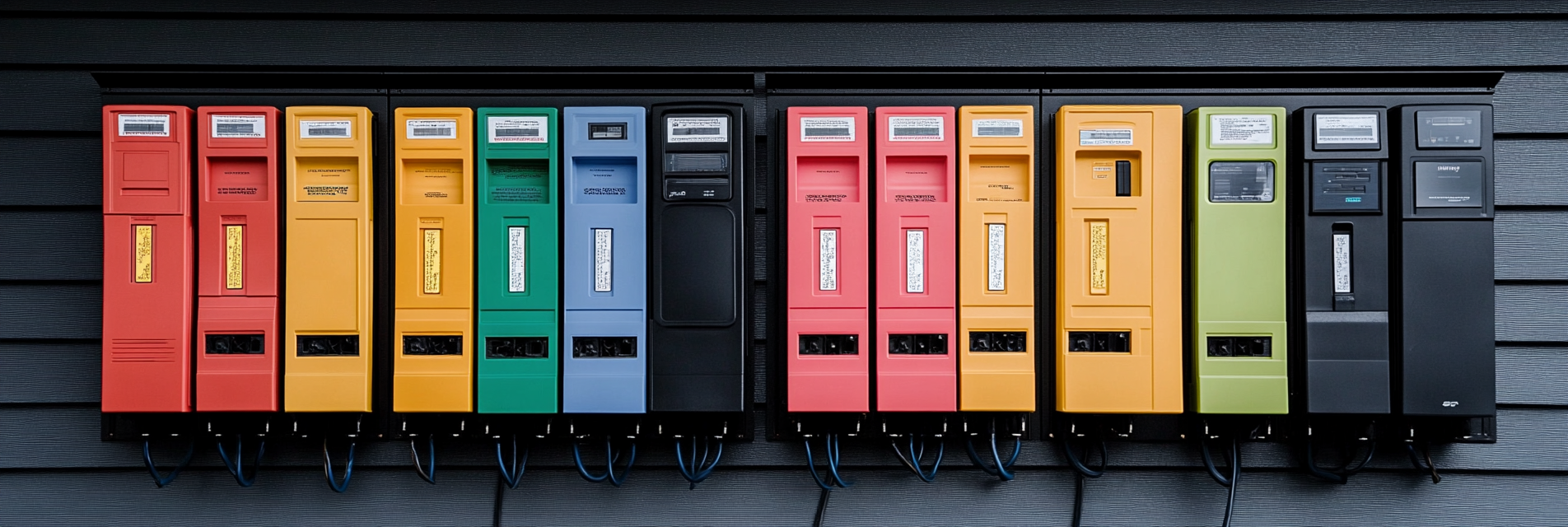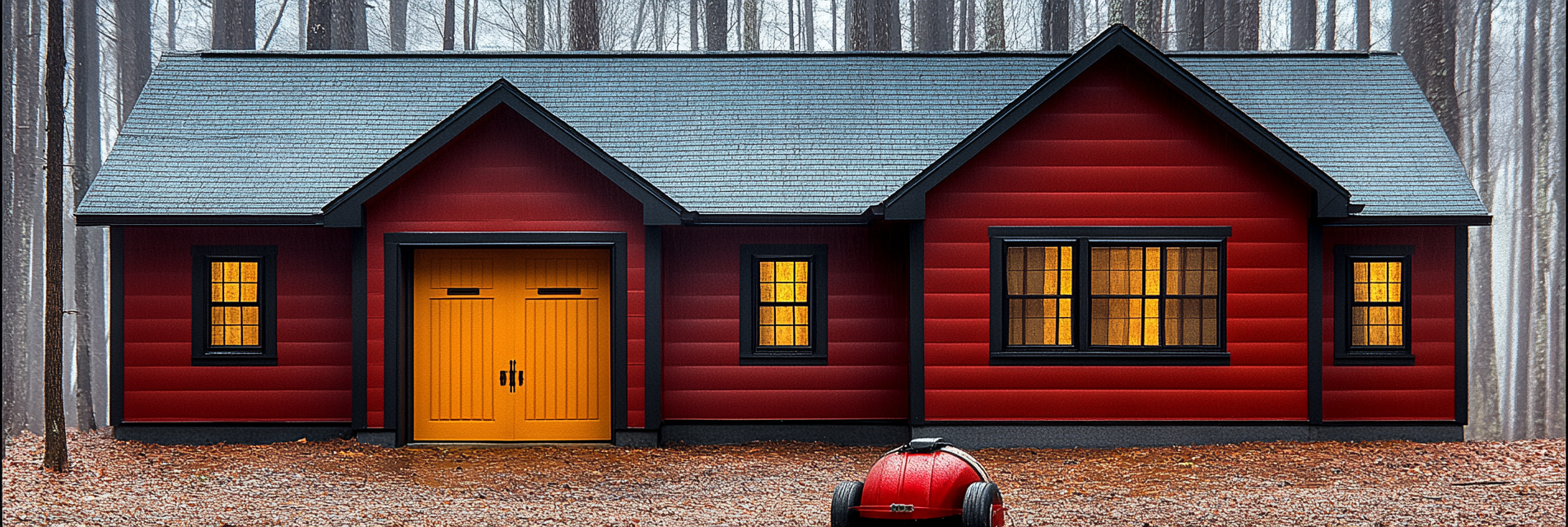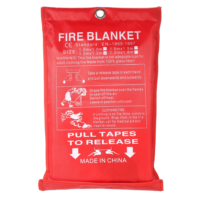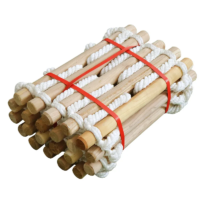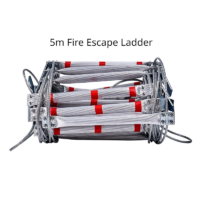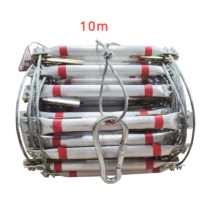A home fire can start and spread rapidly, leaving only moments to react. Regular fire drills ensure that everyone in your household knows what to do and where to go in case of an emergency, significantly improving the chances of a safe and orderly evacuation. This article provides a step-by-step guide to conducting effective fire drills, tips for different age groups, and ways to enhance your family’s preparedness.
1. Why Fire Drills Are Essential
Fire drills help reinforce the actions needed during an emergency. Practicing these drills regularly can reduce panic, prevent mistakes, and save lives. Familiarity with the evacuation process means that even young children and pets can follow the plan smoothly during a real fire.
Use Case Scenario: During a sudden kitchen fire, family members who have practiced fire drills know to meet at the designated outdoor spot, minimizing confusion and ensuring everyone’s safety.
2. Designing Your Fire Escape Plan
Start by mapping out your home and identifying all possible exit routes from each room.
- Create a Floor Plan: Sketch a simple floor plan of your home and mark at least two exits for each room, including doors and windows.
- Highlight Escape Routes: Label the primary and secondary routes, and ensure that windows can open easily and are not blocked.
- Designate a Meeting Spot: Choose a safe location outside, such as a neighbor’s driveway or a large tree, where everyone should gather once they’ve evacuated.
Product Tip: Use glow-in-the-dark stickers and fire exit signs to mark pathways and exits clearly.
3. Preparing Your Family for the Drill
Preparation ensures that everyone knows what to expect:
- Discuss the Plan: Gather your family and explain the importance of the fire drill. Walk them through the escape plan, highlighting exit routes and the meeting spot.
- Assign Responsibilities: Designate roles for adults, such as helping children or elderly family members, and assign tasks like grabbing the emergency kit or calling 911.
4. Conducting a Fire Drill Step-by-Step
Follow these steps for an effective fire drill:
- Simulate an Alarm: Set off your smoke alarm or use a loud whistle to signal the start of the drill.
- Follow Escape Routes: Practice evacuating using different routes to ensure everyone is familiar with their options.
- Time the Drill: Track how long it takes for everyone to exit the house and reach the meeting spot. Aim for under two minutes, as fires can spread rapidly.
- Practice Low Crawling: Teach family members to stay low and crawl if there is smoke. Smoke rises, so staying close to the floor reduces inhalation risk.
- Close Doors Behind You: Close doors as you leave each room to slow the spread of fire.
Safety Tip: Always stress the importance of not going back inside once everyone is out, no matter what is left behind.
5. Drills for Different Age Groups and Special Needs
Tailor your fire drills to account for age and physical limitations:
- Young Children: Use visual and auditory cues to engage younger children. Practice drills during different times of the day to prepare them for various scenarios.
- Elderly Family Members: Plan for additional assistance if needed and include mobility aids in the drill.
- Pets: Include pets in the drill to ensure they are familiar with the process. Have leashes and carriers near exits for quick evacuation.
6. Enhancing Fire Drill Realism
Make your fire drills as realistic as possible, which helps everyone stay calm and confident:
- Simulate Smoke: Use a fog machine or blow out a few candles (safely) to simulate low visibility.
- Block Exits: Occasionally block a primary exit during a drill to teach family members to use alternate routes.
- Use Emergency Lighting: Practice drills at night or in low-light conditions to simulate power outages. LED emergency lights or glow sticks can help illuminate pathways.
Use Case Scenario: A nighttime drill prepares your family for evacuating in the dark, ensuring everyone can reach the meeting spot even if visibility is low.
7. Reviewing and Improving Your Plan
After each drill, discuss what went well and what could be improved:
- Gather Feedback: Ask each family member how they felt the drill went and if they encountered any difficulties.
- Identify Gaps: Note any areas for improvement, such as clearing pathways or adjusting the location of emergency supplies.
- Update Your Plan: Make necessary adjustments to the plan based on feedback and practice results.
8. Scheduling Regular Drills
Fire drills should be held at least twice a year, or more frequently if you have young children or elderly family members.
- Seasonal Drills: Practice drills in different weather conditions to prepare for unique challenges, such as snow or rain.
- Surprise Drills: Occasionally hold unannounced drills to test your family’s spontaneous reaction.
9. Emergency Supplies and Equipment
Ensure that your home is equipped with the necessary tools for fire safety:
- Smoke Detectors: Install detectors in every bedroom, hallway, and floor. Regularly check that they’re functional.
- Fire Extinguishers: Keep Class ABC fire extinguishers in key areas such as the kitchen and garage.
- Fire Escape Ladders: For multi-story homes, install Kidde 2-Story Fire Escape Ladders in upstairs rooms.
- Emergency Kits: Maintain a kit with essentials such as water, first aid supplies, flashlights, and batteries near your meeting spot or in an easily accessible area.
10. Training Family Members on Emergency Calls
Teach your family how to call emergency services once they’ve evacuated:
- Cell Phone and Landline Use: Ensure everyone knows how to call 911 from both types of phones.
- Memorize Address: Children should memorize their home address and practice saying it clearly when calling for help.
Conclusion
Regular fire drills are a crucial part of home safety that ensures everyone knows what to do and where to go in an emergency. By practicing drills, updating escape plans, and involving the whole family, you can increase confidence and preparedness. Paul Lindberg’s Dryer Fire Fighters emphasizes that a comprehensive fire safety plan includes drills, early detection, and quick action to keep your family safe.
Serving the communities of:
Kennewick | Pasco | Richland | West Richland | Finley | Burbank | Benton City | Prosser | Grandview | Connell
As the sole certified dryer exhaust technician recognized by CSIA.org in the Tri-Cities area, Paul brings a wealth of expertise to fire prevention. His primary focus lies in addressing the root cause of many residential fires: lint buildup in dryer cavities and vents. Through rigorous inspections and thorough cleanings, Paul ensures that families and businesses can enjoy peace of mind, knowing their properties are safeguarded against fire risks.
